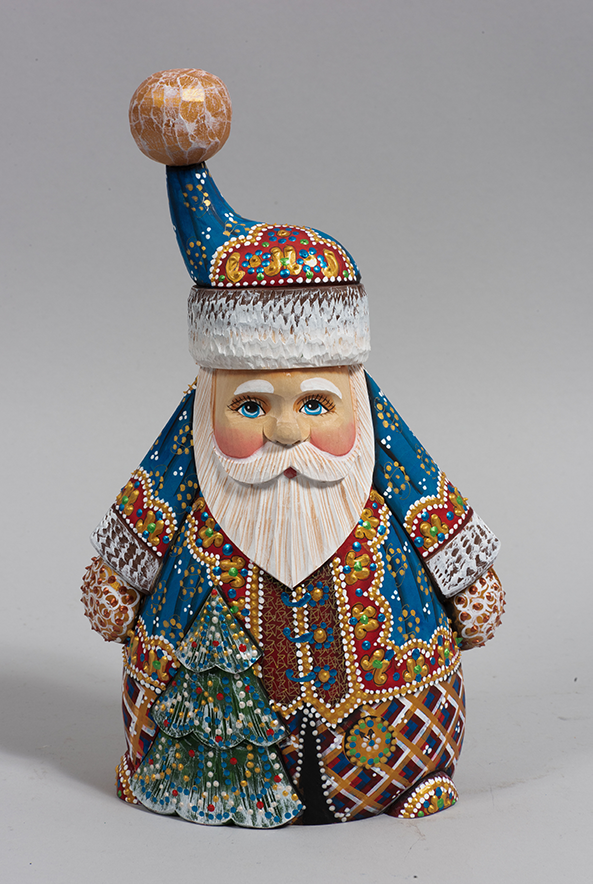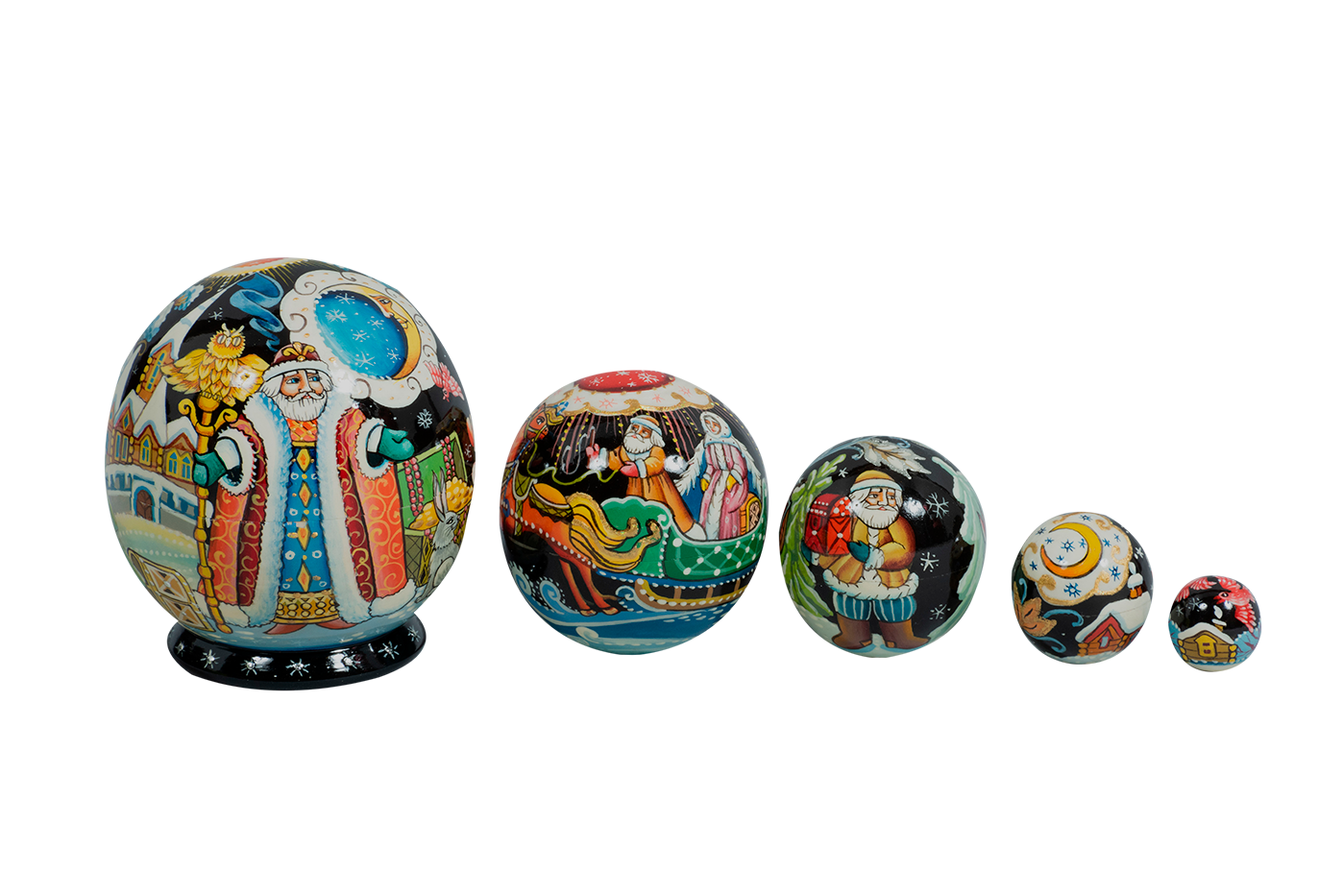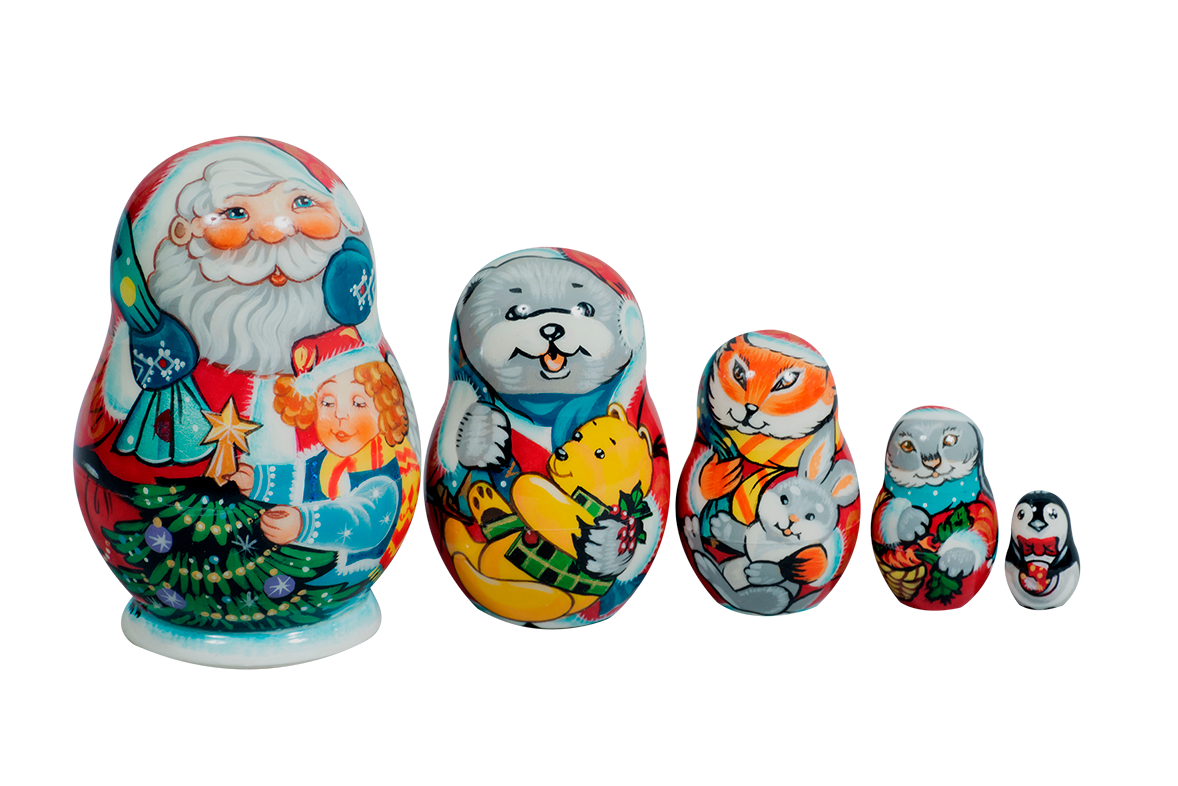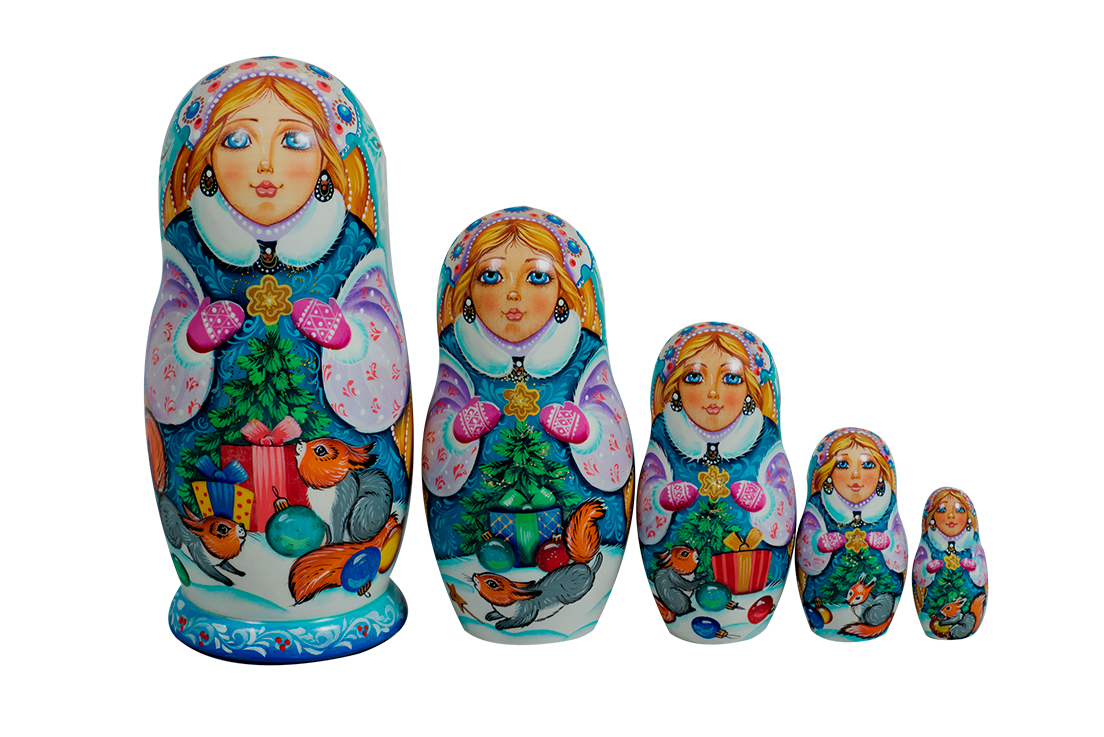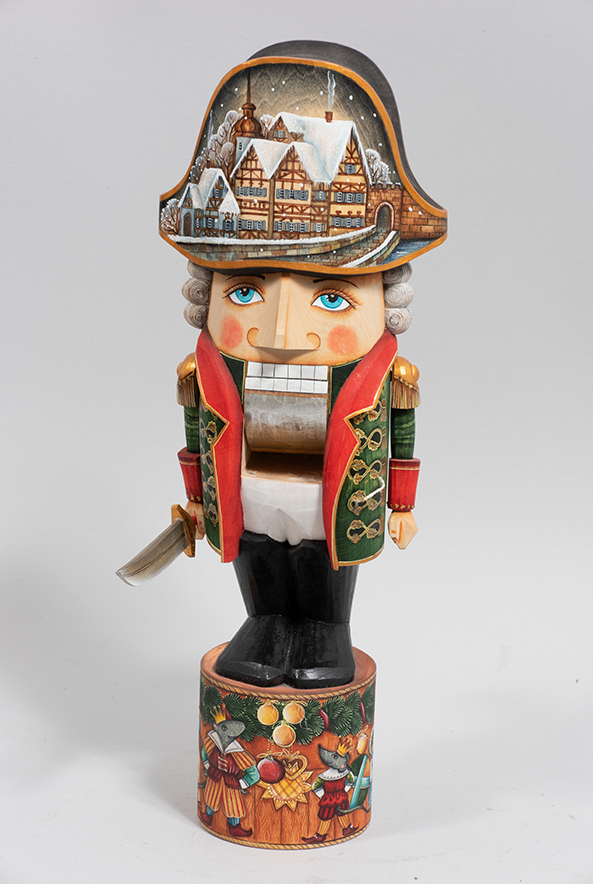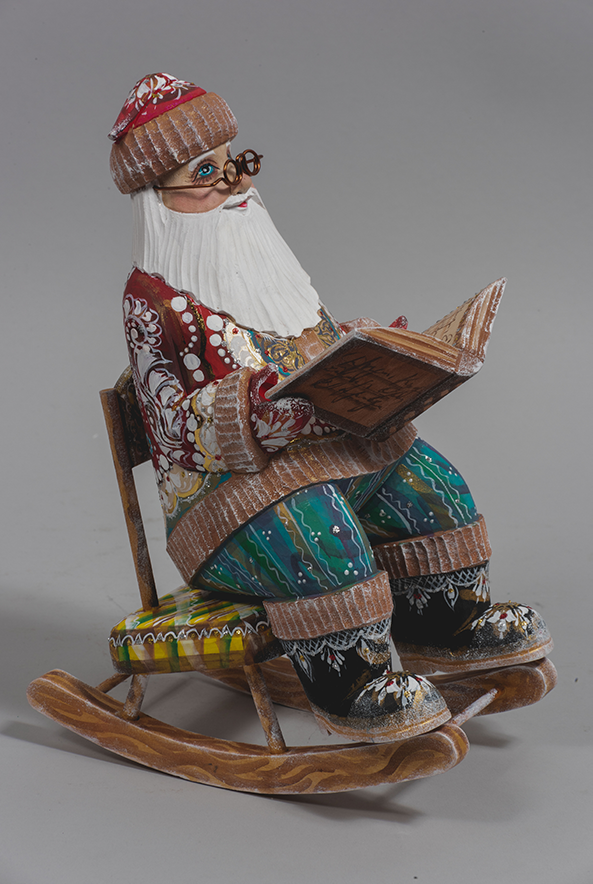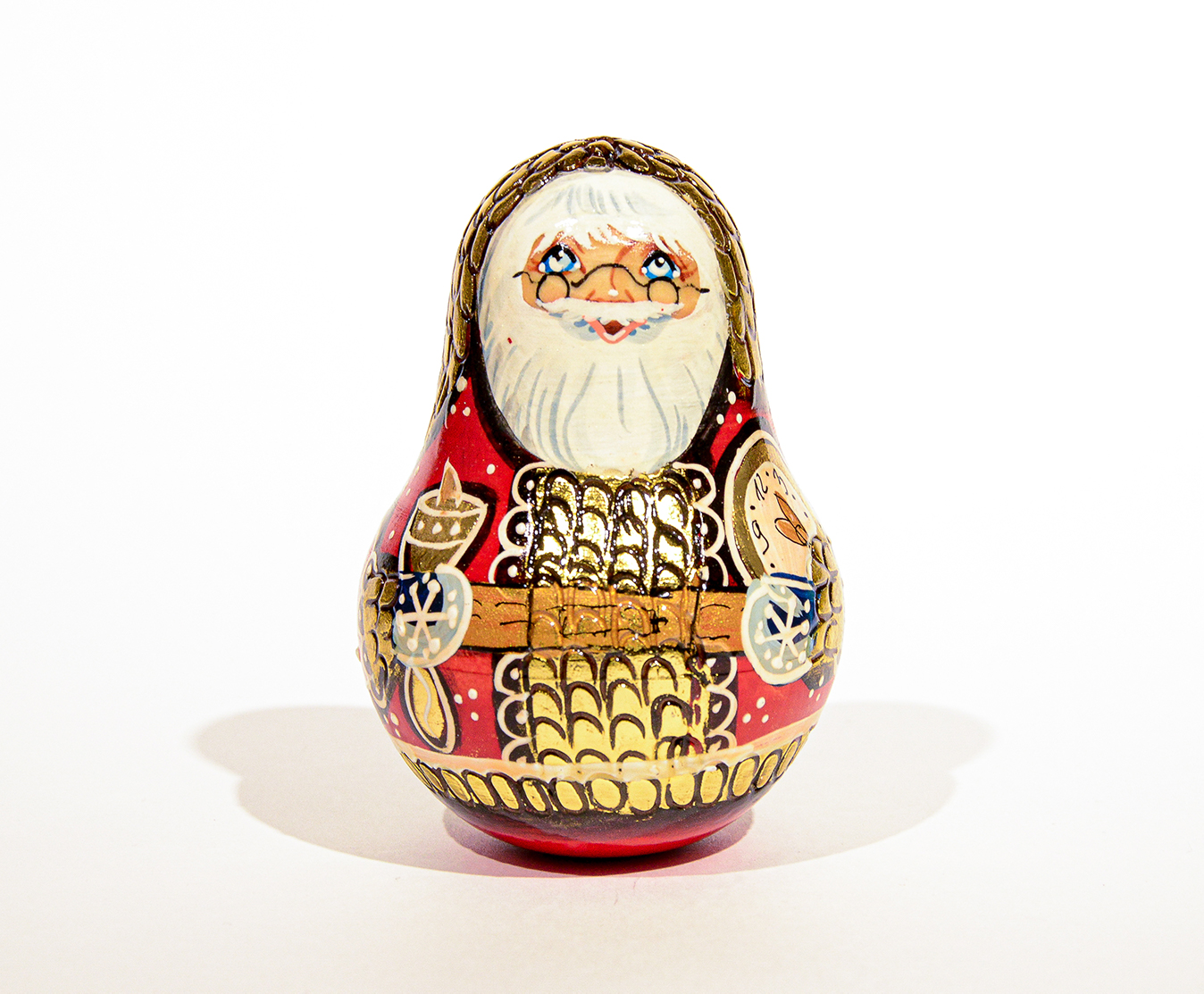The canonical image of Santa Claus with his granddaughter Snegurochka as obligatory characters on the New Year’s holiday was formed already in Soviet times and dates back to the end of the 1930s, when the tree was again allowed. There are also more and more ancient sources of image formation.
Frost as a natural element has long been personified by the Eastern Slavs. They depicted him as an old man with a long grey beard, who runs through the fields and causes crackling frosts. The image of Frost is reflected in Russian proverbs and fairy tales. For example, in fairy tales, Frost appears as a magical helper. Santa Claus entered the literary tradition in 1840 – with the publication of the collection of fairy tales “The Tales of Grandfather Ireneus” by V.F. Odoevsky. The collection included the fairy tale “Moroz Ivanovich”, where the first literary interpretation of the image of folklore and ceremonial Frost was given, previously presented only as a pagan host of cold and winter.
The image created by Odoevsky was not very similar to the familiar New Year’s character. The calendar confinement of the fairy tale is not Christmas or New Year, but spring. Therefore, Moroz Ivanovich lives in an icy country, the entrance to which opens through a well. And it is not Moroz Ivanovich who comes to children, but the children come to him. He does not make any gifts for some date, although he can generously reward for good work.
Almost all wooden items presented in our exposition are made of linden wood. This type of wood is very soft, easy to work with, dries and grows fast. The painting are made by professional artists from all over Russia.
